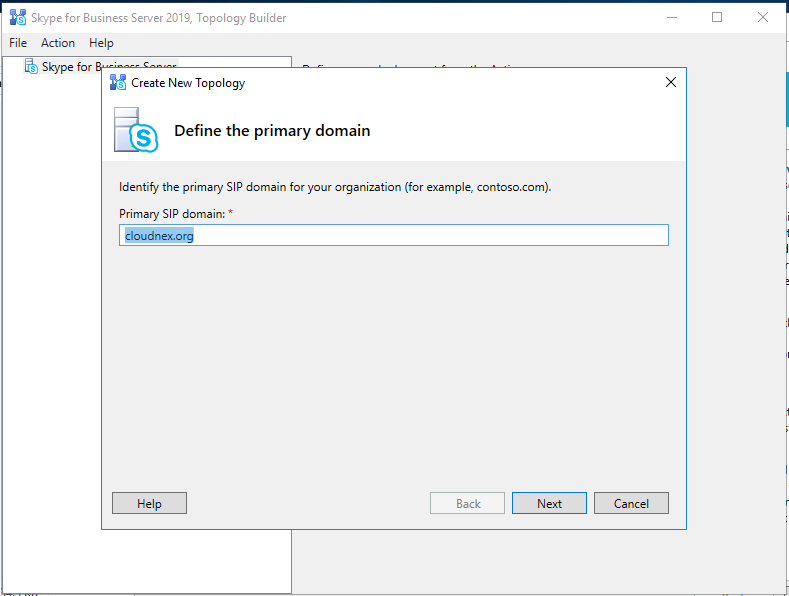

For more protection against attackers, Microsoft primarily provides the above-mentioned option of using Exchange in combination with Windows Server Core. These are primarily security and performance enhancements. In addition to the obvious new features, Microsoft has introduced some background improvements in Exchange Server 2019.

An extension has been added to the Add-FollowerPermissions cmdlet: PowerShell now allows administrators to assign alternate permissions. Admins can now use Remove-CalendarEvents to delete entries in the calendar again. In the past, the problem was that events created by employees who were no longer with the company would continue to exist forever on other people’s calendars.

The newly introduced command allows administrators to delete events (such as meetings) from the calendar. This includes automatically rejecting meeting requests for this period.Īnother new feature in the context of the calendar is aimed primarily at admins: They now have a completely new cmdlet and an extended cmdlet (“command-let”) available. In addition, Exchange Server 2019 gives users more options to create an Out of Office message: If you are not in the office for a certain period of time, you can block your calendar for that period. This allows the creator of the event to retain control over who is part of the meeting. With the “ Do Not Forward” function, users who have created a meeting specify that invited users are not allowed to forward this invitation. Exchange 2019 also provides the end user with new functions, all related to the calendar.


 0 kommentar(er)
0 kommentar(er)
